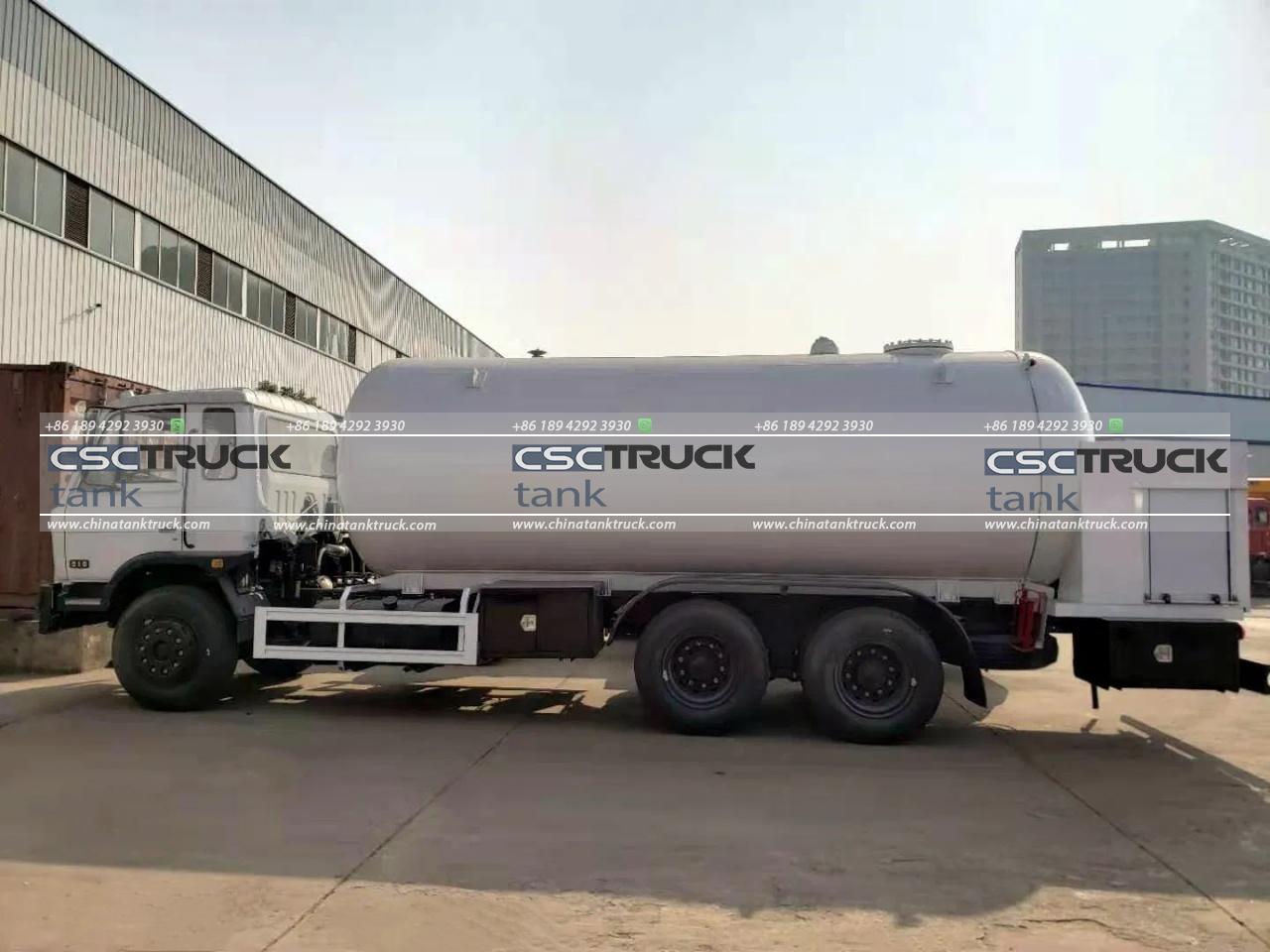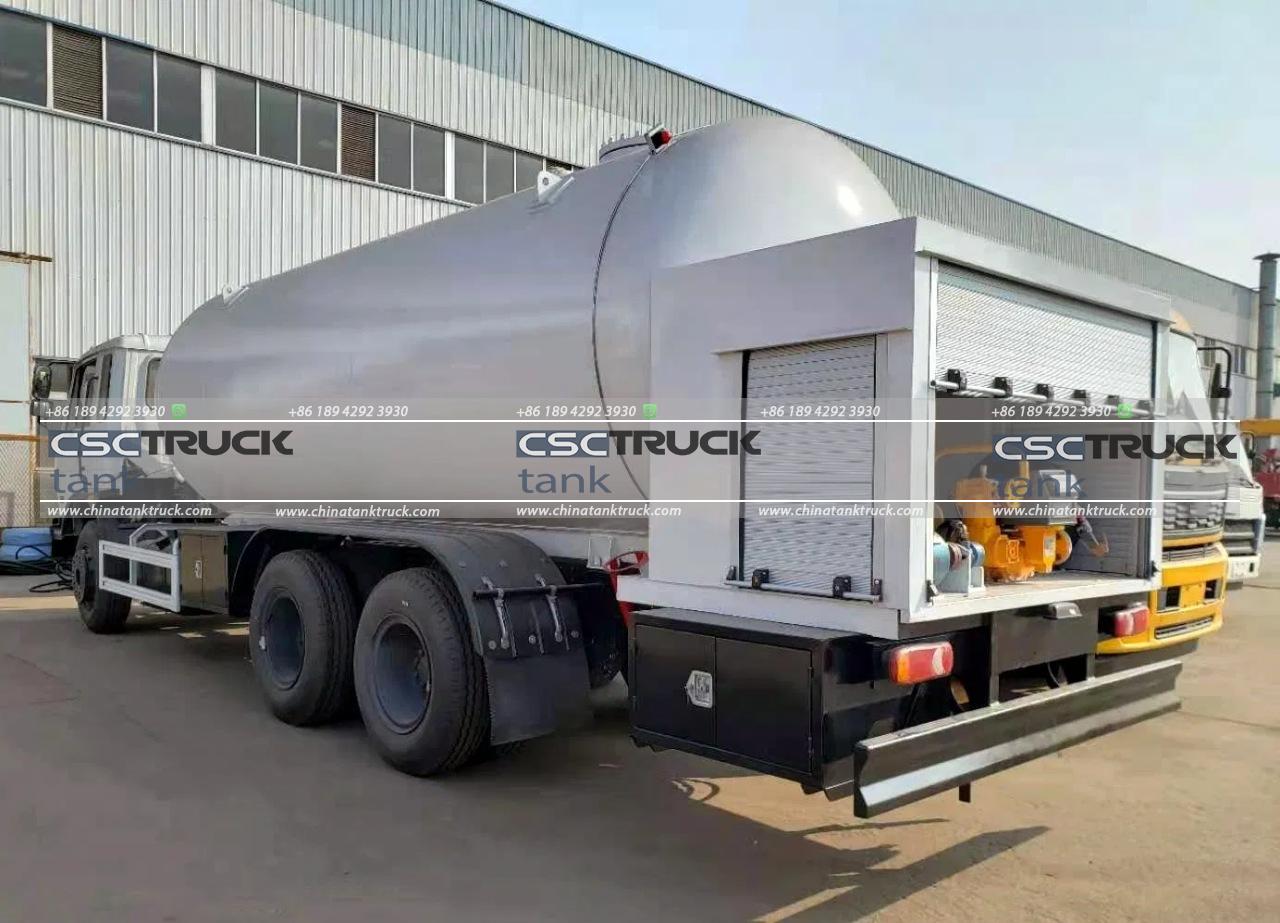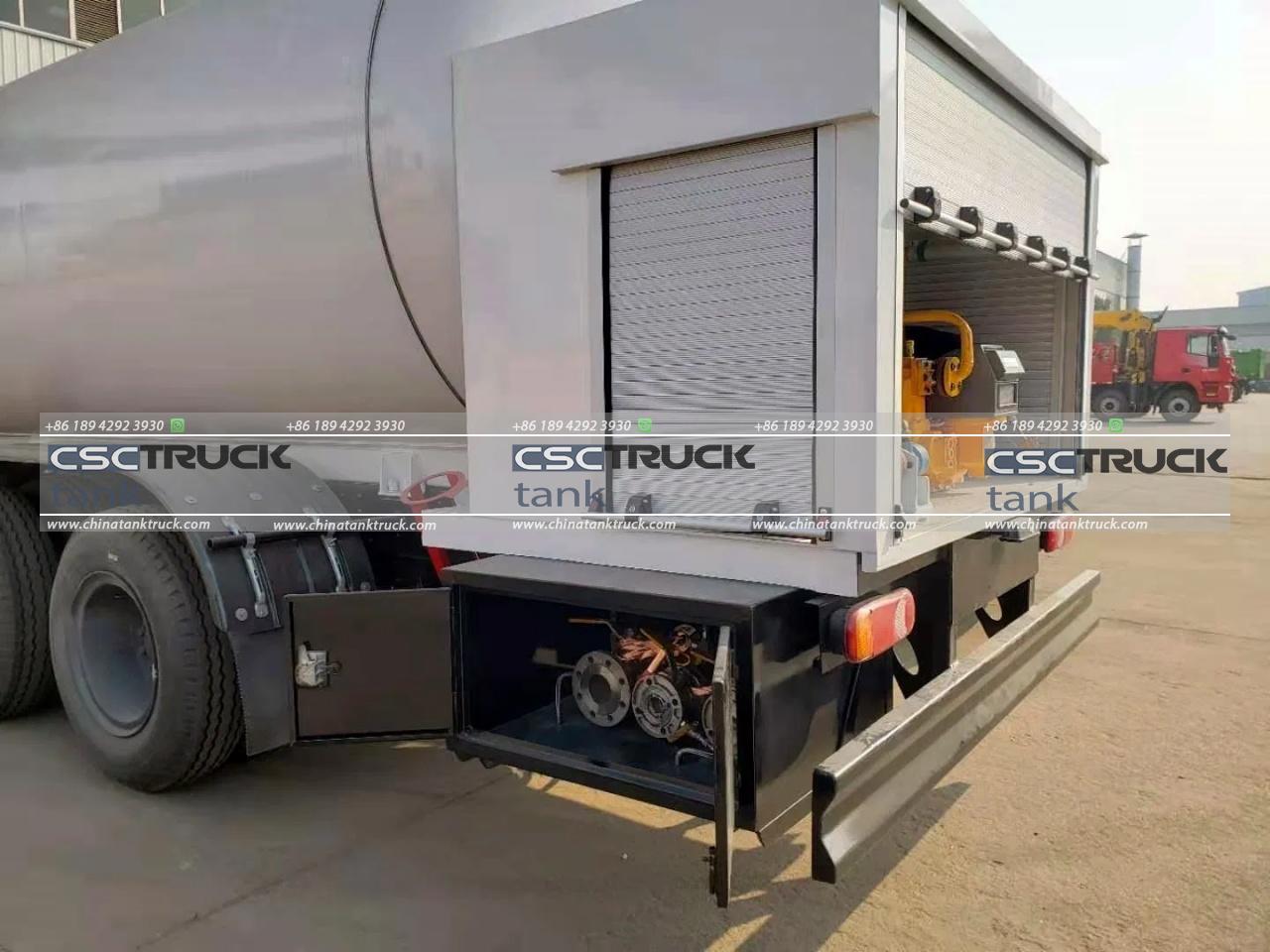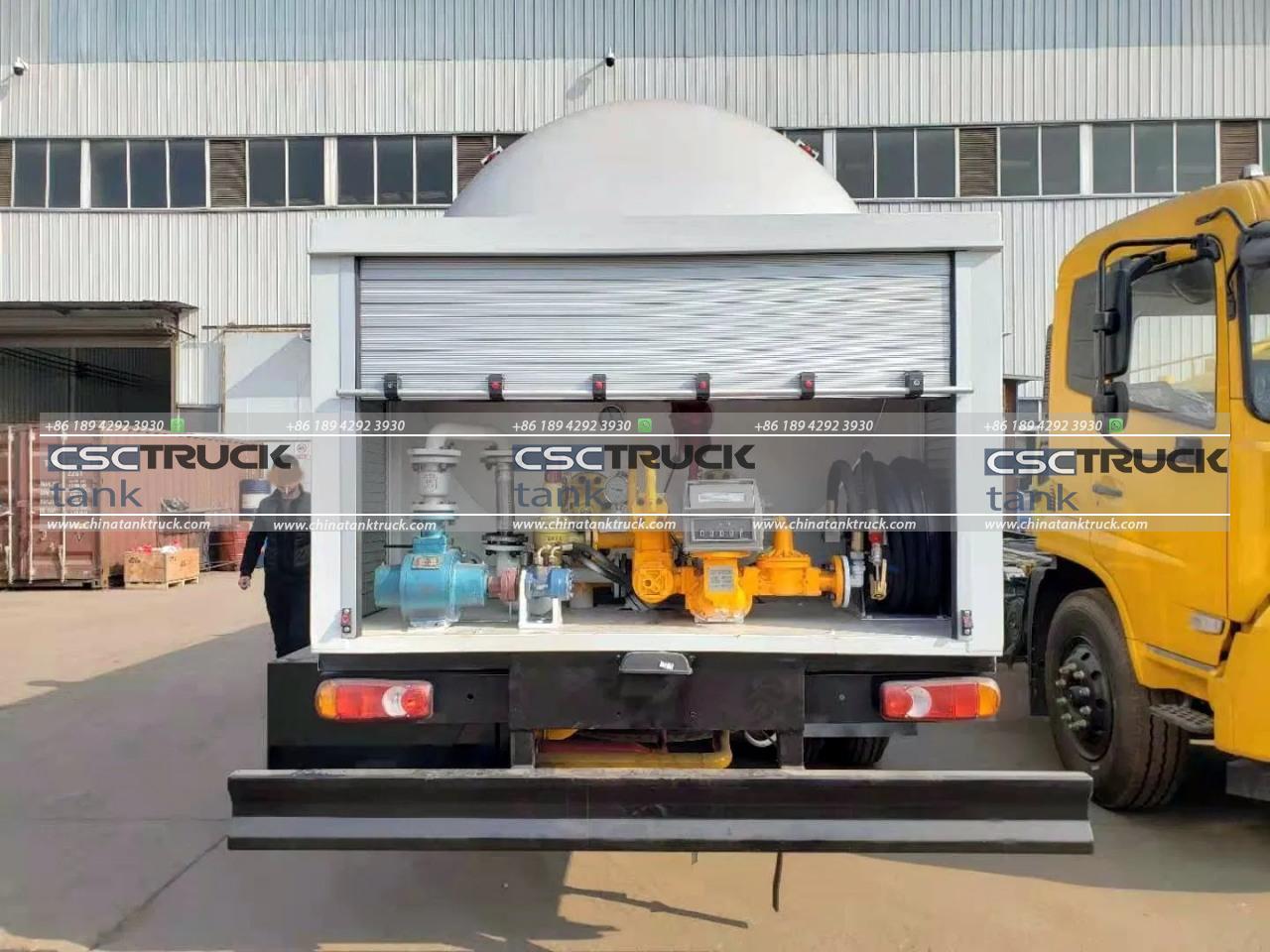How Propane Tank Trucks Ensure Safe Fuel Transportation
Propane tank trucks play a critical role in the energy sector, enabling the safe transportation of propane to residential, commercial, and industrial customers. Propane, a versatile and widely used fuel, is transported as a liquefied petroleum gas (LPG) under pressure. Ensuring its safe transit requires specialized equipment, rigorous safety standards, and meticulous operational practices. This article explores the design, safety measures, and operational practices of propane tank trucks that make them reliable carriers of this vital fuel.
The Importance of Propane Transportation
Propane is a clean-burning fuel used for heating, cooking, powering vehicles, and industrial applications. It is stored and transported as a pressurized liquid to optimize volume and ease handling. However, its flammability and pressurized state make safety paramount during transportation. The industry depends on specialized propane tank trucks to maintain the integrity of the product and minimize risks associated with leaks, explosions, or accidents.
Design and Construction of Propane Tank Trucks
Specialized Tanks
Propane tank trucks are equipped with cylindrical tanks made from robust materials like carbon steel or aluminum alloy. These materials are chosen for their ability to withstand high pressures and resist corrosion. Tanks are typically designed to conform to American Society of Mechanical Engineers (ASME) pressure vessel standards, ensuring durability and safety.
- Capacity: Propane tank trucks come in various sizes, ranging from small bobtail trucks carrying 1,000 to 5,000 gallons for local deliveries to larger semi-trailers with capacities exceeding 10,000 gallons for bulk transportation.
- Pressure Resistance: The tanks are engineered to handle pressures of up to 250 psi or higher, accommodating the pressurized state of liquefied propane.
Safety Features
The design of propane tank trucks incorporates several safety features:
- Relief Valves: Pressure relief valves prevent excessive pressure buildup within the tank, releasing gas safely in case of over-pressurization.
- Emergency Shutoff Systems: Equipped with both manual and remote-controlled shutoff mechanisms, these systems allow operators to stop the flow of propane instantly in emergencies.
- Double-Walled Construction: In some cases, tanks have double walls to add an extra layer of protection against punctures or leaks.
- Crash Protection: Tanks are fitted with robust bumpers and protective cages to shield critical components during collisions.
Pump and Metering Systems
Propane tank trucks are equipped with pumps to facilitate the transfer of propane between the truck and storage tanks. Flow meters ensure accurate measurement during loading and unloading, critical for both operational efficiency and customer satisfaction.
Loading and Unloading Procedures
Loading Propane
Loading propane onto tank trucks occurs at specialized terminals with stringent safety protocols:
- Grounding: Before loading, trucks are grounded to prevent static electricity, which could ignite propane vapors.
- Temperature and Pressure Monitoring: Propane’s pressure is closely monitored, as it varies with temperature. Terminal systems regulate the conditions to maintain the liquid state during transfer.
- Sealed Connections: Hoses with secure, leak-proof connections prevent the escape of propane vapor.
Unloading Propane
During delivery, operators follow similarly strict procedures:
- Site Inspection: The delivery site is assessed for potential hazards, such as open flames or insufficient ventilation.
- Vent-Free Transfers: Modern trucks use closed-loop systems to prevent the release of propane vapors during unloading.
- Leak Testing: Equipment is checked for leaks before and after transfer.
Rigorous Safety Standards
Compliance with Regulations
Propane tank trucks must adhere to regulations set forth by authorities such as the U.S. Department of Transportation (DOT) and Pipeline and Hazardous Materials Safety Administration (PHMSA). Key regulations include:
- Proper labeling with hazardous materials placards.
- Regular inspection and maintenance of tanks and equipment.
- Operator training and certification.
Driver Training
Operators of propane tank trucks are required to undergo specialized training. This training covers:
- Safe driving practices for hazardous materials.
- Emergency response protocols.
- Detailed understanding of propane’s physical properties and handling procedures.
Vehicle Inspections
To ensure continued safety, propane tank trucks are subject to regular inspections, including:
- Daily Pre-Trip Inspections: Drivers check hoses, valves, and gauges before each trip.
- Periodic Maintenance: Tanks undergo hydrostatic testing to confirm their ability to withstand pressurized conditions. Relief valves and other safety devices are also inspected and replaced as needed.
Advanced Technology in Modern Propane Tank Trucks
Technology has significantly enhanced the safety and efficiency of propane tank trucks:
- Telematics Systems: GPS and real-time monitoring systems allow operators to track the truck’s location, tank pressure, and temperature remotely.
- Automatic Shutoff Devices: Sensors detect abnormalities, such as sudden pressure changes, and automatically shut off propane flow to prevent incidents.
- Predictive Maintenance Tools: Advanced diagnostics alert operators to potential equipment failures before they occur, reducing downtime and enhancing safety.
Emergency Response Preparedness
Despite stringent precautions, emergencies can occur. The propane transportation industry is well-prepared for such scenarios:
- Emergency Response Plans: Detailed plans are in place for handling accidents or spills, including notifying authorities, evacuating the area, and containing leaks.
- Specialized Equipment: Trucks carry fire extinguishers, spill kits, and personal protective equipment (PPE) to manage emergencies effectively.
- Collaboration with First Responders: Training programs for firefighters and emergency personnel focus on handling propane-related incidents safely.
Challenges and Future Developments
Challenges
Propane tank trucks face challenges such as:
- Navigating Urban Areas: Tight streets and crowded neighborhoods increase the risk of accidents.
- Extreme Weather: Ice, snow, or high heat can impact the truck’s operation and propane’s stability.
- Evolving Regulations: Staying compliant with changing safety standards requires ongoing adaptation.
Future Developments
The propane industry continues to innovate to improve transportation safety:
- Enhanced Materials: Research into stronger, lighter tank materials may improve durability and efficiency.
- Automation: Autonomous systems for loading, unloading, and driving could reduce human error.
- Sustainability: Efforts to reduce the carbon footprint of propane transportation include using cleaner fuels for trucks and optimizing delivery routes.
Conclusion
Propane tank trucks are vital to the seamless delivery of propane, balancing efficiency with an unwavering commitment to safety. From their specialized design and rigorous operational protocols to cutting-edge technology and emergency preparedness, these vehicles ensure the safe transportation of highly flammable fuel. As the propane industry evolves, continued innovation and adherence to safety standards will remain the cornerstone of its success.
Safe and efficient propane transportation not only protects lives and property but also ensures the energy needs of millions are met without compromise.





